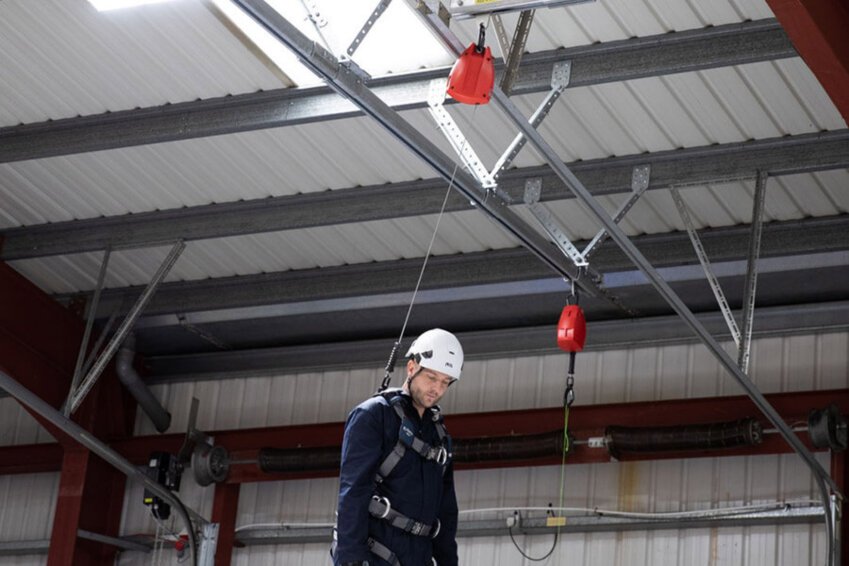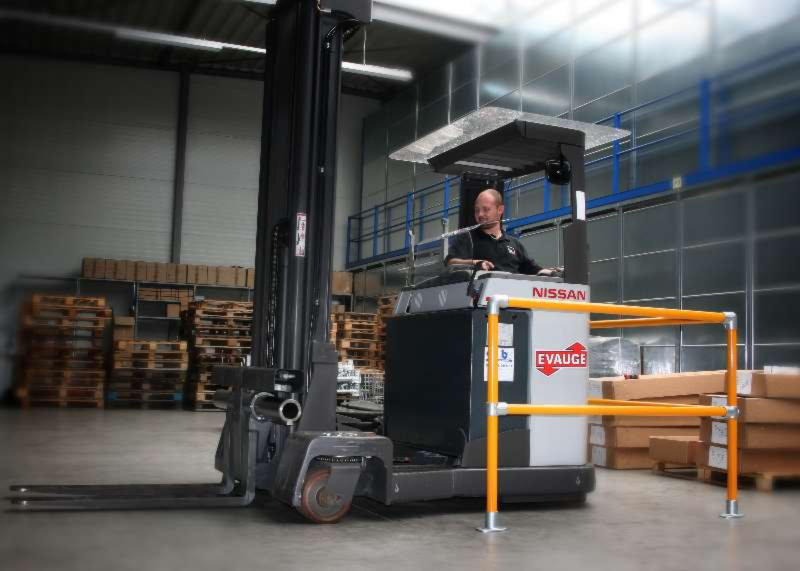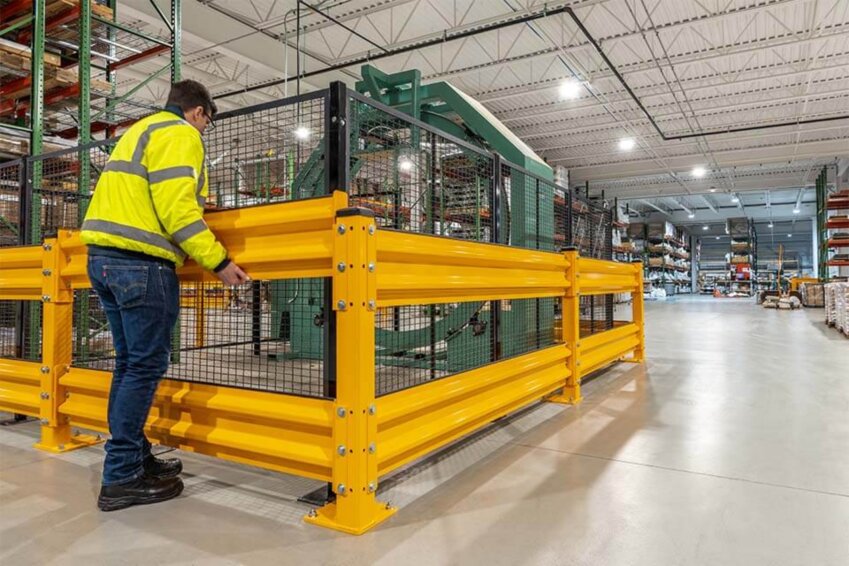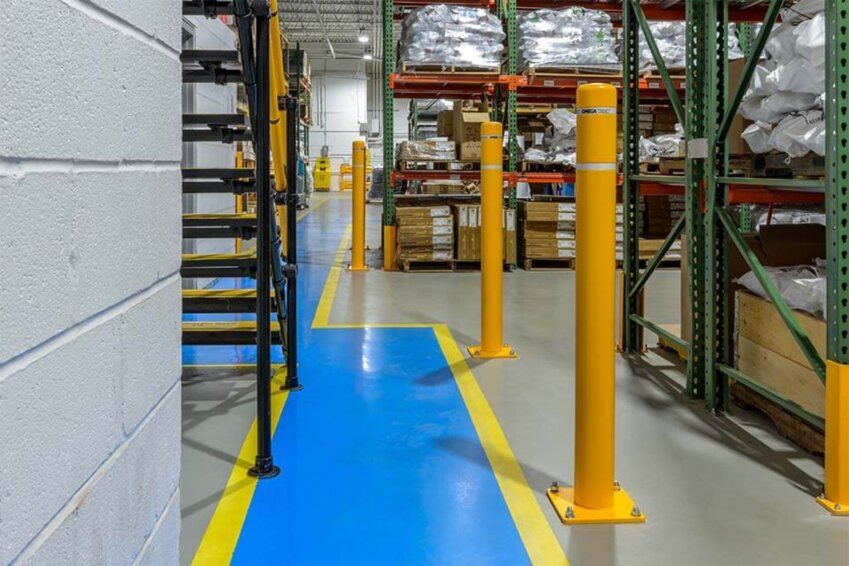Product Description
Keep Workers Safe Around Inspection Pits
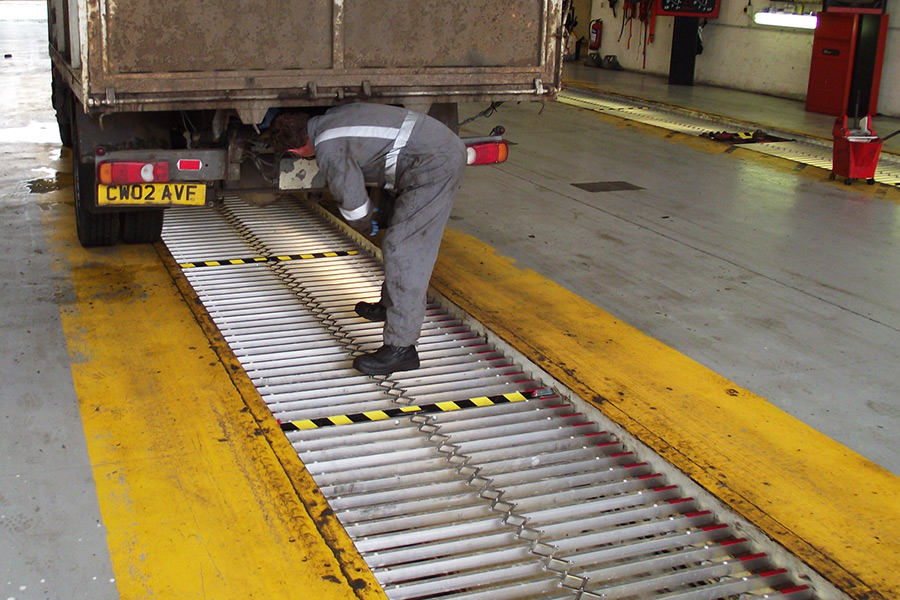
Prevent Mechanics from Falling into Inspection Pits
Open inspection pits are one of the most common causes of accidents, particularly in the automotive industry. Pit hazards must be protected by a vehicle, cover, or barrier at all times.
Vehicle inspection pits pose a serious injury risk to those who work in and around them. In a busy work environment it can be easy to forget that you are working around an open hole. Unfortunately, this means that workers are prone to falling into these holes and can be severely injured. Our vehicle inspection pit covers provide passive fall protection that will ensure that your team is safe from potential hazards.
Adjustable to Fit Your Application
PitProtect is an expandable, manual system that allows for the pit to be fully or partially covered, depending on your garage safety needs.
Originally designed for the automotive industry, the durability and adjustability make it ideal for various inspection and maintenance pits including buses, trains, and other larger vehicles.
Our vehicle service pit covers can be fixed down for extra stability and come in two sizes that can be adjusted in length and width, making them the perfect fit for every pit.
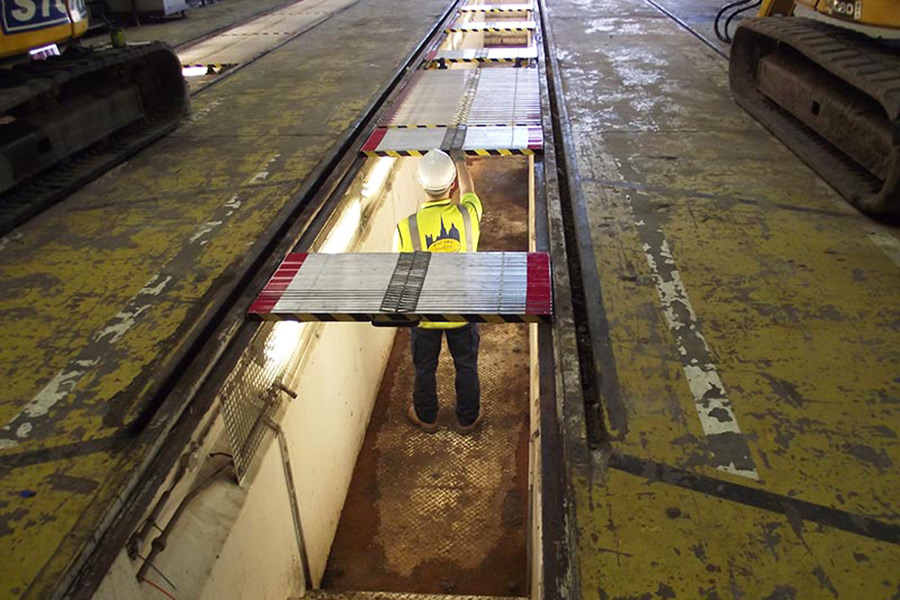

Easy to Install and Use
PitProtect is lightweight and made of aluminum. At only 44 or 48 lbs depending on the size, it easy to carry and install.
Installation of our inspection pit covers requires no skilled labor and can be done by just a single individual and a drill.
Please note that they are designed for personnel only. These covers are not designed to support the weight of a vehicle or other heavy equipment equipment.
Hear What Our Customers Think About PitProtect
PitProtect FAQs
Why do we need to cover service pits?
What is a vehicle pit cover?
What size pit cover do I need?
How much weight can the PitProtect support?
Can I drive on the pit cover?
Is a vehicle pit a confined space?
Do I need guardrail for automotive service pits?
Technical Details
OSHA Requirements for Inspection Pits
The following is an excerpt from OSHA 1910.28 that covers the responsibility for fall protection on working and walking surfaces. Please review the full code for further information.
1910.28(b)(3)
Holes. The employer must ensure:
1910.28(b)(3)(i)
Each employee is protected from falling through any hole (including skylights) that is 4 feet (1.2 m) or more above a lower level by one or more of the following:
1910.28(b)(3)(i)(A)
Covers;
1910.28(b)(3)(i)(B)
Guardrail systems;
1910.28(b)(3)(i)(C)
Travel restraint systems; or
1910.28(b)(3)(i)(D)
Personal fall arrest systems.
1910.28(b)(3)(ii)
Each employee is protected from tripping into or stepping into or through any hole that is less than 4 feet (1.2 m) above a lower level by covers or guardrail systems.
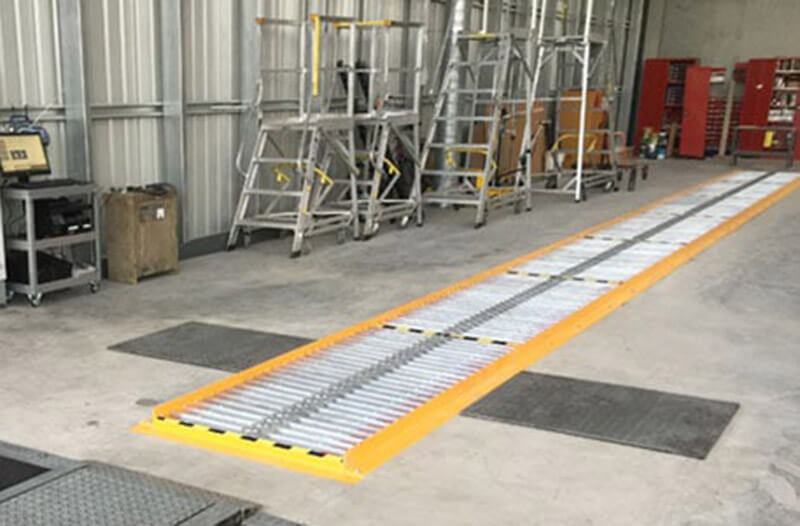
OSHA defines a hole as any gap or space in a walking-working surface that is at least 2 inches in the smallest dimension. Mechanical service pits easily qualify under this definition.
This means that every mechanical service pit needs to be protected by suitable fall protection. Holes can use covers, guardrails, or personal fall protection systems as appropriate safety measures.
Personal fall protection systems are not advisable for mechanical service pits because fall clearance is a constant concern. Consult a qualified person to find out if your specific location can use this as a viable solution. Read our horizontal lifeline guide for more information on the subject.
Guardrails will need to be constantly removed so that vehicles can gain access to the pits. This exposes the user to a fall while they are moving the guardrail.
The right cover will provide safety from falling into the mechanical service pit without compromising the mobility of your vehicles or worrying about overhead anchors and lifelines.
The following is an excerpt from OSHA 1910.28 that covers the responsibility for fall protection on working and walking surfaces. Please review the full code for further information.
1910.28(b)(8)
Repair pits, service pits, and assembly pits less than 10 feet in depth. The use of a fall protection system is not required for a repair pit, service pit, or assembly pit that is less than 10 feet (3 m) deep, provided the employer:
1910.28(b)(8)(i)
Limits access within 6 feet (1.8 m) of the edge of the pit to authorized employees trained in accordance with § 1910.30;
1910.28(b)(8)(ii)
Applies floor markings at least 6 feet (1.8 m) from the edge of the pit in colors that contrast with the surrounding area; or places a warning line at least 6 feet (1.8 m) from the edge of the pit as well as stanchions that are capable of resisting, without tipping over, a force of at least 16 pounds (71 N) applied horizontally against the stanchion at a height of 30 inches (76 cm); or places a combination of floor markings and warning lines at least 6 feet (1.8 m) from the edge of the pit. When two or more pits in a common area are not more than 15 feet (4.5m) apart, the employer may comply by placing contrasting floor markings at least 6 feet (1.8 m) from the pit edge around the entire area of the pits; and
1910.28(b)(8)(iii)
Posts readily visible caution signs that meet the requirements of § 1910.145 and state “Caution - Open Pit.”
There are times when a mechanical access pit does not need the fall protection mentioned in the previous section.
If your pit is less than 10 feet in depth, then you have an additional option available to you. You may now use demarcation coupled with the training to only allow approved employees within the designated zones.
Demarcation can be a painted line on the ground that is easy to see. Or you can use a warning line system that can withstand 16-lbs of force. You can combine these together, but both need to be set 6 feet or more from the pit. If two pits are within 15 feet of each other, then you can encircle both to comply with this.
Regardless of the option of demarcation, you also need to include caution signs. These signs need rounded or blunt corners with no sharp edges or projections that be a hazard. Caution signs should be yellow with black letters. The details are found in OSHA standard 1910.145.
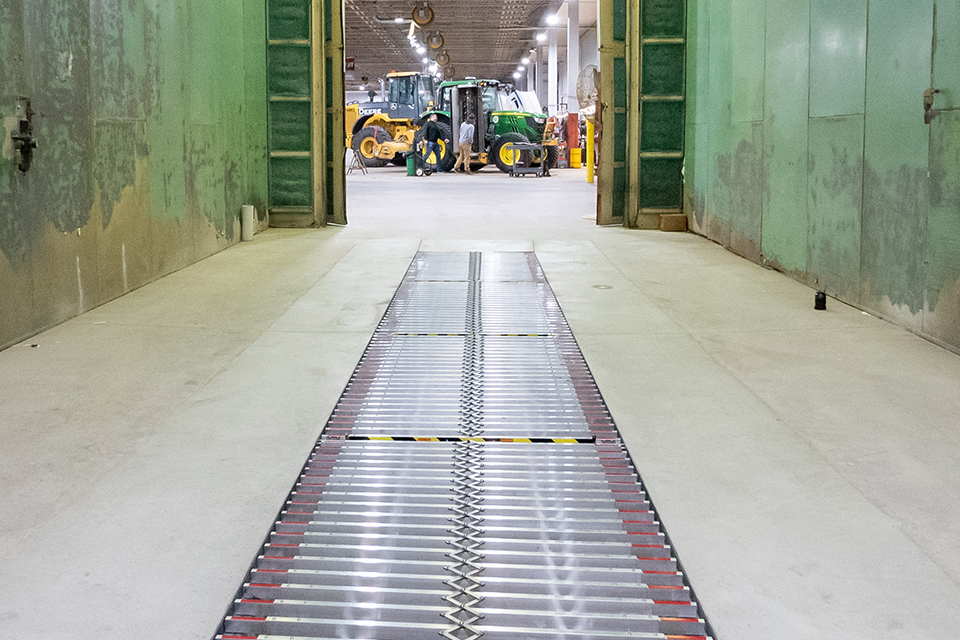
Outfit Your Warehouse with these Safety Solutions
Product Instructions
Additional Information
| SKU | OSCCAVE_GROUP |
|---|---|
| Manufacturer | Oxford Safety Components |
